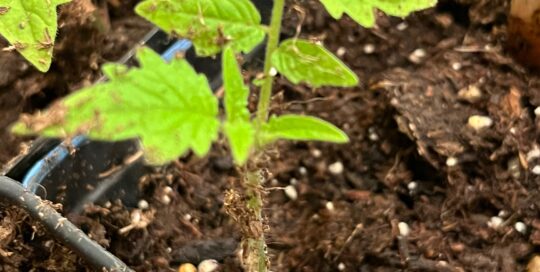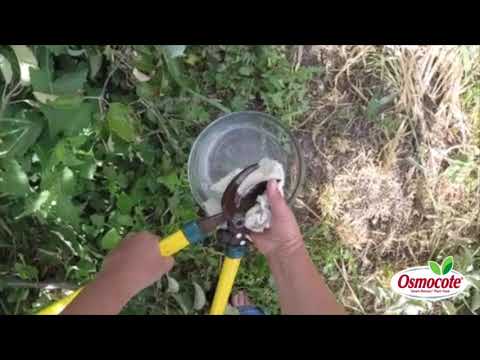How to Help Your Plants Handle the Heat
Views: 539

Whining about the cold is nothing new for me, but our prolonged heat wave is causing serious issues. We went from snow the third week in May to triple digit heat a few weeks afterwards. And for the last two weeks, temps in the mid to high 90s dominate the forecast. It is brutal. But what can be done to help the plants handle the heat?
Heat affects plants in a variety of ways. Intense heat reduces photosynthesis, thereby inhibiting growth. Cool season plants, such as lettuce and spinach, bolt at the first signs of a hot stretch. And even heat-loving plants like tomatoes, practically shut down. Many varieties have limited pollination and fruit set beyond 85 degrees. This is particularly frustrating for those of us in cold climates where we long for warm days to grow great tomatoes, but too much of a good thing works against us.
Wise Watering Tips for Plants to Handle the Heat
When to water: Water is crucial in heat like this, but it has to be smart. For many parts of the country, watering in the evening is taboo. It reportedly promotes disease issues because the dampness, particularly in warm conditions, is the perfect recipe for fungus to thrive. But in our arid landscape with 17 percent humidity, I water in the evening. When the sun is no longer beating down on the plants, it’s time to give them a deep drink.
Frequency of watering: We have watering restrictions in our neighborhood, so we can only water every other day. Because I want the water to sink in deeply, I water each section for 30-45 minutes providing at least 1/2 inch of water to each section. Normally, we aim for an inch of water each week. In these conditions, we have to mitigate for evaporation — particularly since it’s like a convection oven when the breeze kicks up — and the plants need more.
Holding Onto What You Got
The challenge with this level of heat is we exponentially lose moisture. Bare ground is an anomaly in nature, so the best option to help the plants handle the heat is by mulching them. This year my cover crop experiment is partially mitigating this issue. When I cut them, I use it as mulch around the plants. I’m also placing straw around more of the plants to create a thicker protection.
While it’s a little late this season, another way to hold in the moisture is to use a plastic or landscape fabric during planting. Since you typically water with a drip-type irrigation, the water stays in place longer. And if you’re concerned about overheating, particularly with black plastic, place straw or another type of mulch directly on top of the plastic.
Throwing Down Some Shade to Handle the Heat
It’s sometimes counterintuitive to limit sun exposure to your plants, but in this situation, the benefits of shade outweigh the drawbacks. There is a level of stress with the intense sun. Shade cloth is a knitted synthetic fabric that can cut sunlight from 30 to 90 percent. Choose one that offers enough reduction of the sun intensity, yet still provides enough for the plants to thrive. This is typically up to 60 percent to balance the hot sun with the necessary amount of light. Suspend the fabric on PVC hoops or a metal frame 24 inches above the plants to provide adequate air circulation.
During these hot stretches give your plants the best chance to thrive by using water the best way possible, cutting down on the direct sun, and praying for a break in the heat!
Meet Amy Grisak
Amy is a freelance author and photographer in Great Falls, MT who specializes in gardening, foods, and sustainable agriculture. She provides information on every kind…
Amy's Recent Posts

Why are my seedlings failing?








